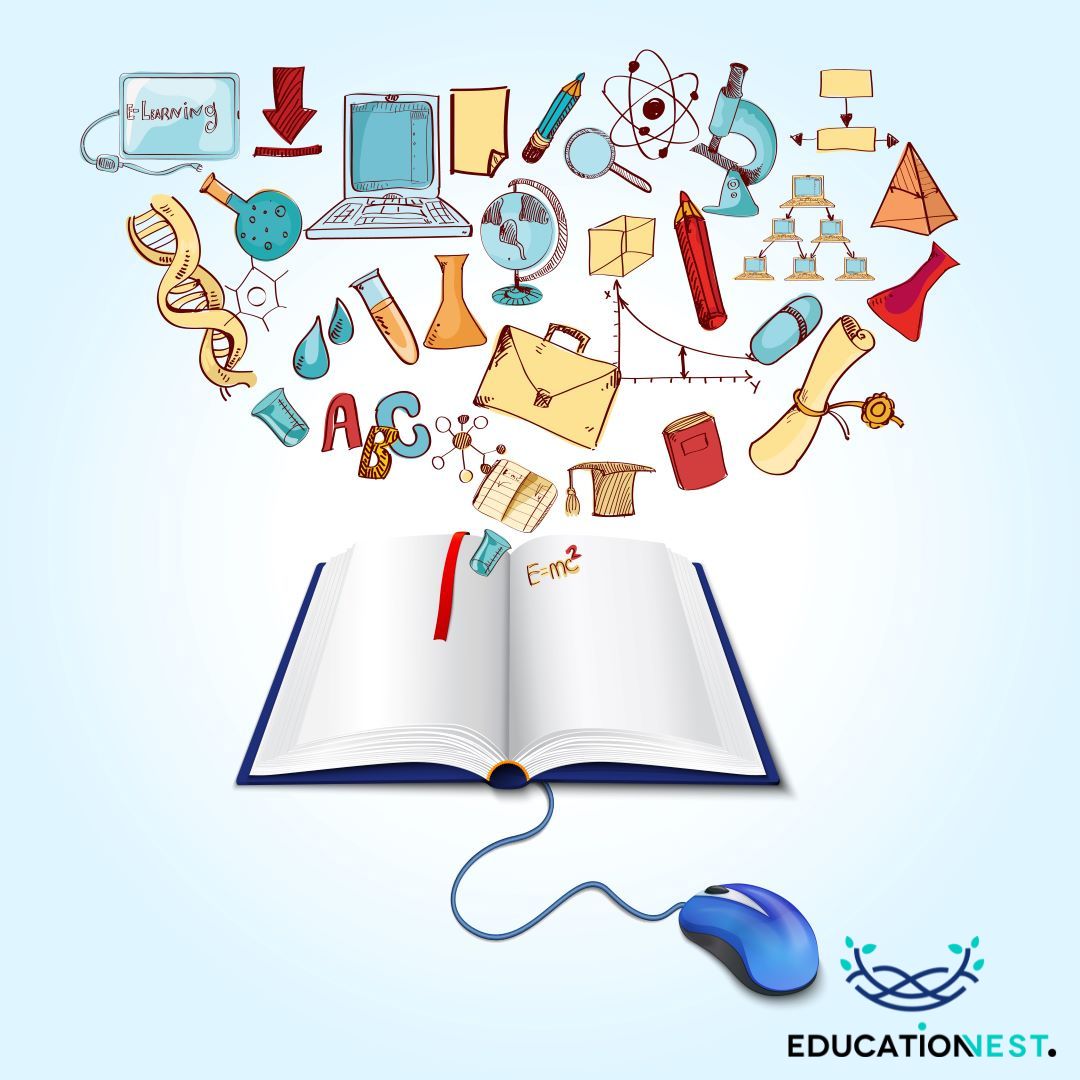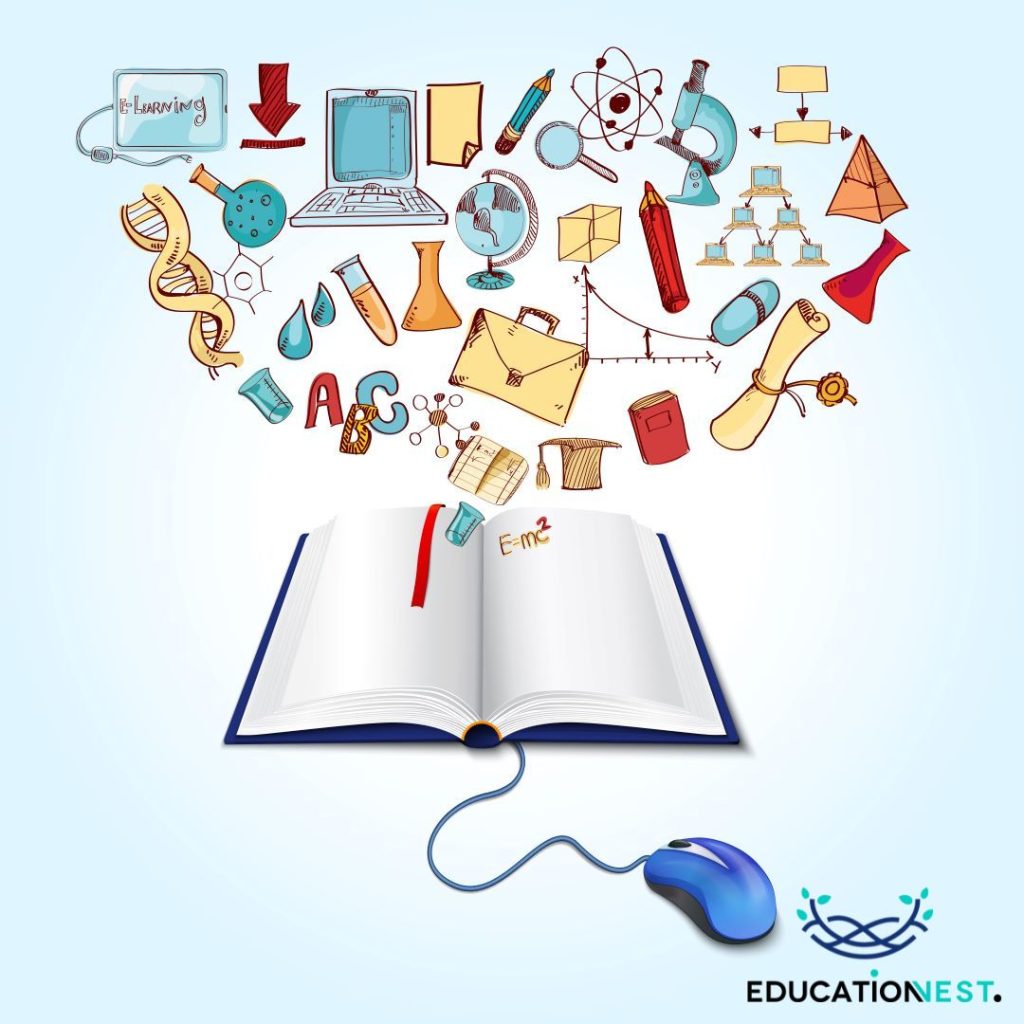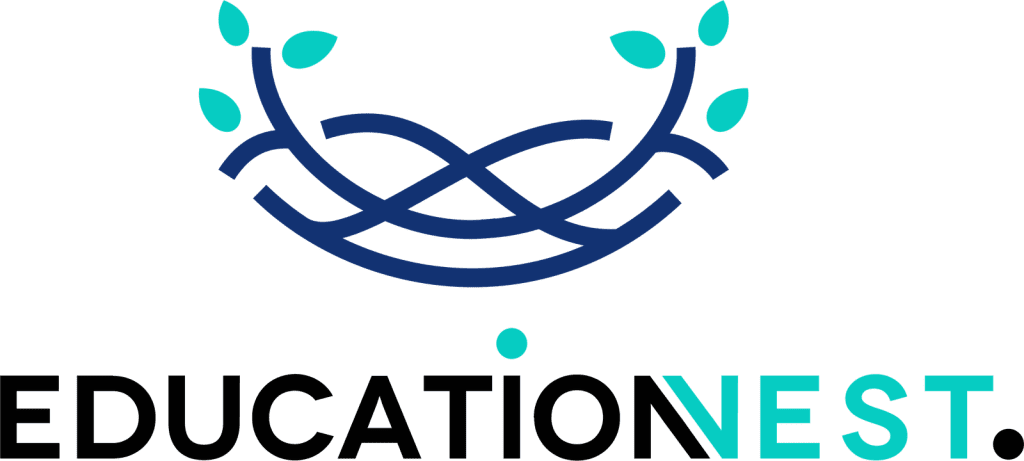
In today’s era, where information constantly flows through media channels, the importance of media literacy cannot be overstated. Media literacy, sometimes referred to as media information literacy, is a skill set that enables individuals to navigate the world of media effectively. To truly understand what media literacy entails, we need to delve into its definition, explore its significance, and recognize the skills it imparts. This blog will examine media literacy in-depth, and in addition it provides media literacy examples, media literacy meaning, and media literacy definition in our information-driven society.
Understanding Media Literacy
Media literacy, at its essence, involves analyzing and comprehending various forms of media, such as television, newspapers, social media, and advertisements. Therefore, It encompasses the ability to discern biases, intentions, and manipulations that may be present within these mediums. Media literacy is the gateway to uncovering the significance and worth of the information conveyed through media platforms.
Media Literacy Defined

Media literacy, also known as media information literacy, is a concept that evolves in sync with advancements in technology and shifts in media consumption habits. Here’s how we can define it- Media Literacy encompasses the skill to engage with and comprehend forms of media, enabling individuals to assess and form a comprehensive understanding of how media influences societal opinions, attitudes, and behaviors.
In this definition, there are a few elements that stand out:
- Access: The initial step in media literacy involves finding information through channels. This includes sources like newspapers and television and digital platforms like websites, social media, and podcasts.
- Analyze: Media literacy requires breaking down media content into its parts. Hence, this means examining news articles, videos, or advertisements to understand their structure, tone and intended message.
- Evaluate: This includes fact-checking, verifying sources, and considering biases.
- Create: Media literacy goes beyond consuming content and encompasses creating media. This could involve producing videos, writing articles, or participating in discussions.
Furthermore , let’s explore some examples that illustrate the aspects of media literacy:
Mastering Literacy Skills
Media literacy involves evaluating news sources for their accuracy and reliability.
For instance:
- Fact-Checking: A person who is media literate might verify the facts presented in a news article by checking information from multiple reputable sources before considering it trustworthy.
- Recognizing Bias: Media literacy skills come into play when identifying biases in news reporting. For example, understanding that a news outlet with an affiliation may present information from a specific perspective.
- Assessing Sources: Being able to evaluate the credibility of sources is crucial. Additionally, a media-literate individual might question the reliability of a news story that relies on sources or unverified claims.
Also Read:
Creative Writing Checklist: How to Become a Pro
Navigating Social Media
Understanding media literacy in this age entails the ability to distinguish between information and deceptive content on social media platforms:
1. Identifying False Information: Media literacy skills come into play when someone can recognize news on media by cross-checking information from multiple reliable sources.
2. Assessing User-Generated Content: Media-savvy individuals can evaluate the credibility of user-generated content on platforms like YouTube or TikTok, effectively discerning between information and misinformation.
3. Awareness of Privacy and Security: Being mindful of privacy and security measures is a component of digital media literacy.
Unveiling Media Literacy Meaning
Understanding media literacy goes beyond identifying biases and fallacies. Additionally it involves understanding how the media shapes society and impacts individuals.
Essentially media literacy revolves around asking questions such as:
- What’s the intention behind this media content?
- Who is the intended audience, and what message is conveyed to them?
- How does this media content influence public opinion and behavior?
Understanding Media Literacy in Context
- The purpose of campaign advertisements is an aspect of political media literacy. It is crucial to question the intentions behind these ads as they may not aim to inform but to influence public opinion.
- When fostering media literacy among children, it becomes vital to identify the intended audience of children’s TV shows and acknowledge their impact on minds.
- Another significant aspect of media literacy involves recognizing how the media can perpetuate stereotypes. For instance, it is essential to analyze how certain racial or gender stereotypes are depicted in TV shows.
- Furthermore, Media literacy also extends to understanding how media content can shape opinion. This includes being aware of news coverage’s influence on attitudes.
Exploring Media Information Literacy
Media literacy is far from a skill; it requires engagement and the development of various literacy abilities. These abilities serve as the foundation for individuals to become discerning media content consumers and creators. Some essential skills in media literacy include:
- Critical Thinking: The capacity to question, analyze, and discern media content.
- Evaluating Information: Determining sources’ credibility, accuracy, and potential biases.
- Understanding Media Production: Gaining insight into how media content is produced enables one to recognize manipulations or distortions.
- Digital Literacy: Effectively. Utilizing tools and platforms for communication and information retrieval.
People can actively engage in today’s media environment by developing these abilities. Make choices as both content consumers and creators.
Illustrative Media Literacy Examples
Let’s look at some Media Literacy Examples:
- It enables individuals to carefully analyze the arguments put forth, check claims, and identify any fallacies that may be present.
- When it comes to media, having information evaluation skills is crucial. Identifying news by referencing reliable sources is an excellent example of media literacy.
- However, another aspect of media literacy is awareness of the editing techniques used in documentary films or news reports. Recognizing these techniques helps us understand how they can manipulate our emotions and influence our perception.
- In today’s age, being literate means prioritizing online safety and privacy. Understanding media literacy ensures we remain vigilant and take necessary measures to protect ourselves online.
The Significance of Media Literacy
Media literacy goes beyond being a set of skills; it’s a tool that allows individuals to interact with media content effectively. Let’s explore why media literacy is now more critical than ever:
1. Navigating the Sea of Information: In today’s era, we are constantly bombarded with information from sources. Media literacy equips us with the skills to navigate this abundance of information.
2. Protecting Against Misinformation: With the spread of information and fake news, media literacy protects against deception. Individuals with media literacy skills are less likely to be misled by misleading information.
3. Cultivating Citizenship: In societies, having informed citizens is crucial. Media literacy empowers individuals to engage in discussions critically, comprehend policy matters, and make informed choices during elections.
4. Encouraging Ethical Media Creation: Media literacy also encompasses considerations in media production. When people understand the media’s influence and potential impact, they are more inclined to create responsible content that respects perspectives.
In addition, Media literacy plays a role in our world by enabling us to navigate vast amounts of information effectively while protecting ourselves from misinformation and actively participating as informed citizens.
Additionally, it encourages content creation for an ethical and inclusive media landscape.
Conclusion
In today’s world, where knowledge is important, it is important to know how to use the media. With these skills, people can find their way around the world of media. It means being able to think critically about, assess, and make different kinds of media. In the end, this helps us understand how the media affects how people think, feel, and act in our society.
As time goes on, knowing how to use the media is still a way to help people stay educated and avoid getting wrong information. It also helps people learn how to make media. By having these skills, people can join the media world and make their own material in a responsible way. This makes sure that the power of the media is used for the good of society.

